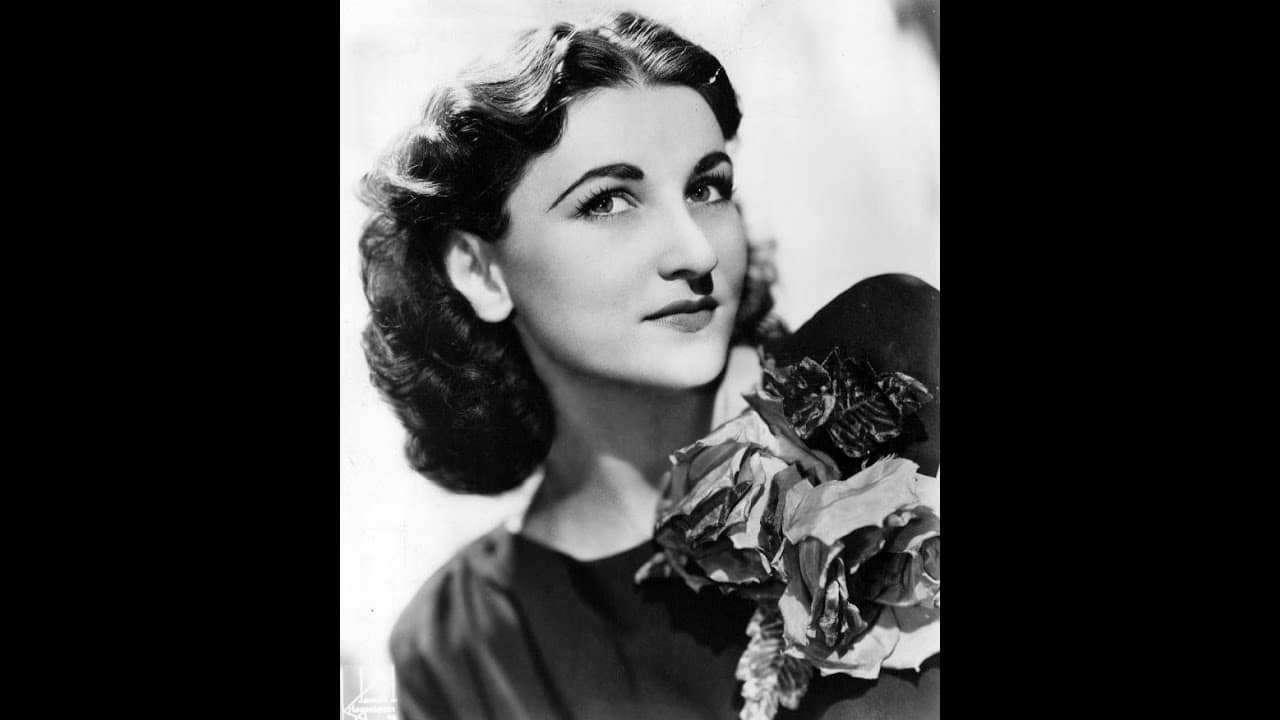Surely the worst classical cover ever ever ever
mainDid anyone actually buy this?

The release date was 2007.
In those days, conductors got cover approval. Did Edo sign this off?
More awful album covers here.

Did anyone actually buy this?

The release date was 2007.
In those days, conductors got cover approval. Did Edo sign this off?
More awful album covers here.
The thoughtful American composer Richard Wernick died yesterday…

We have been informed by one of her…

We reported last month that two strings positions…

Message received (and see the bottom line): Press…

Session expired
Please log in again. The login page will open in a new tab. After logging in you can close it and return to this page.
Comments